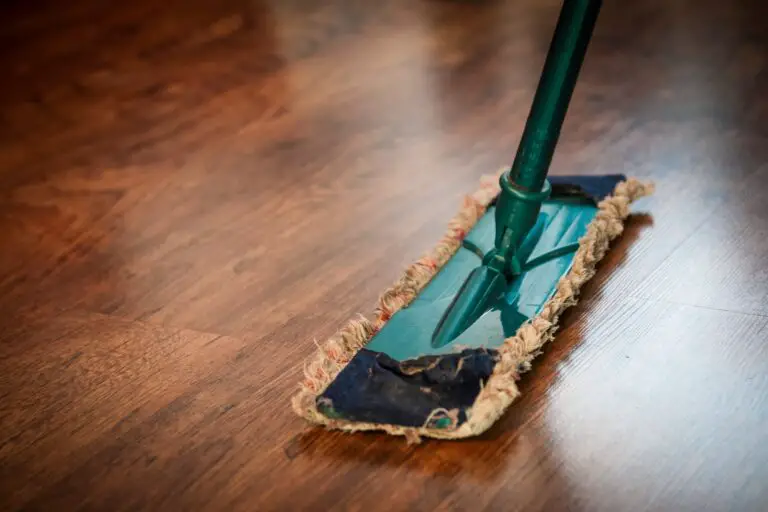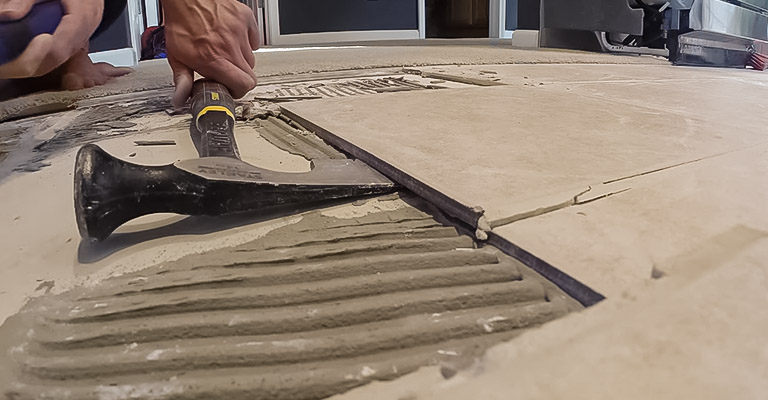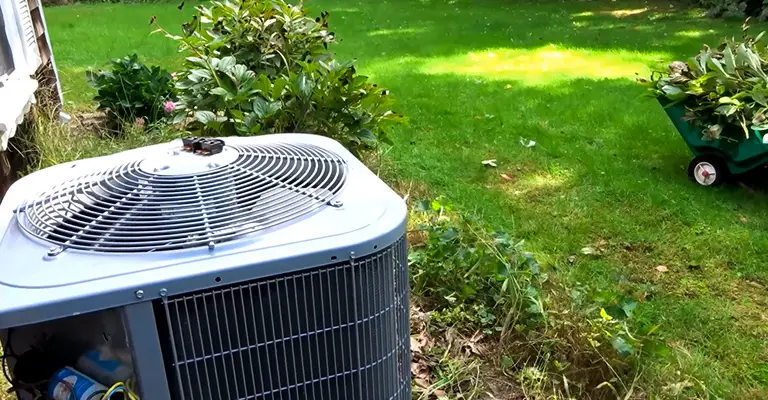How Do You Build A French Drain in Clay Soil?
French drains are mainly made by a perforated pipe into a ditch in the ground under a layer of gravel. However, building one of these in clay soil is a bit tricky. Such drains are the most common and useful way of keeping water and subsoil off your property. So, more people are getting interested in installing these drains around their foundations.
How to Build a French Drain in Clay Soil
Building French drains in clay soil is no difficult task. But for it to be efficient, you need to follow some steps precisely while building them.
Planning
A French drain in clay soil can only be effective enough if the drain design is suitable for the place you are planning to build it for. For that, you need an elaborate and precise plan for the whole design. Otherwise, the drain may get blocked or not drain the water as effectively.
Correct Slope
The plan includes the route of the drain and where it ends. Besides, while planning the route, you need to make sure that it leads the water from higher to lower grounds. Also, the end of the drain must be at the lowest point of the landscape. So, the surface water will flow easily and drain away from the foundation.
Distance from Buildings
Another important consideration is the distance of the drain from the property. If the drain is planned to be around any old building with a rather weak foundation, make sure there is at least 1-meter space between them. Otherwise, the building may suffer structural damages, which is dangerous in many aspects.
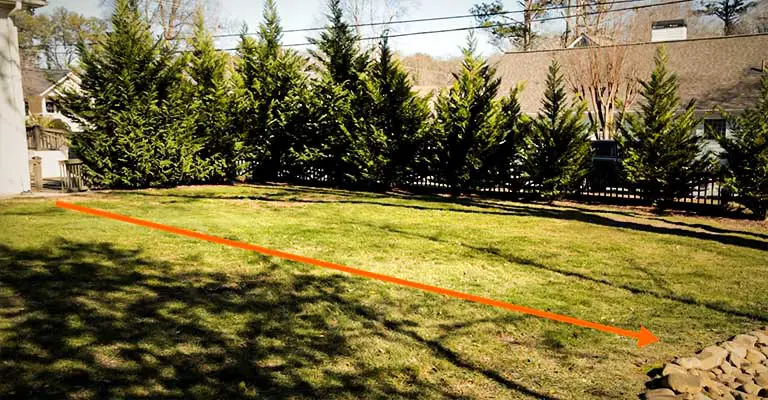
Digging
Digging a trench is the first practical step of building a French drain. Digging up a trench is pretty simple. First of all, look out for any utility lines in the ground while digging the trench so that you don’t cut up any lines in the process or damage them in any way.
The Slope
Generally, the trench is dug with a slop of 1 inch after every 8 meters. Besides, the slops are cut in the direction that you want the water to go. A minimum of 2 percent of slop is recommended for most cases. So, for every 10 feet, the trench will drop 2.5 inches.
The Depth
A depth of 2 feet should be enough for most projects. For the width, you can go around 1 foot. However, these measurements can be changed according to the amount of water you want to drain away.
Filling
After digging up the trench, it’s time to fill it up. Generally, crushed stones, gravels are used for filling the trench. If you are planning to buy the gravels, make sure to calculate the volume of the drain and the equivalent amount of it.
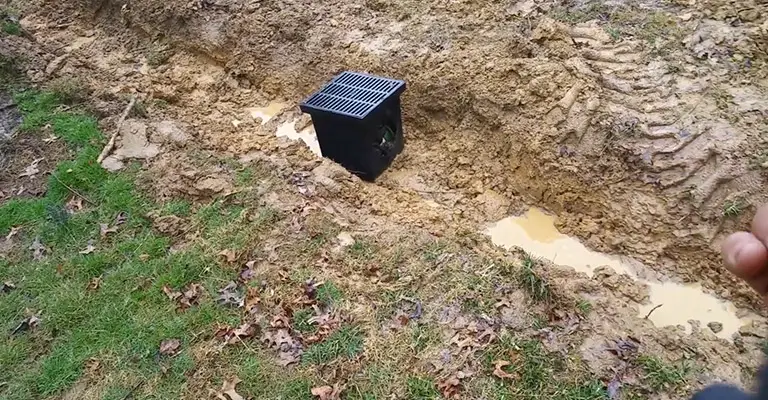
With Fabric
Generally, a water-permeable fabric is spread at the bottom of the trench before filling it with stones. This fabric prevents the buildup of sediment and protects the drain from blockage. The fabric needs to be wider than the trench as it needs to be wrapped around the whole filling like a large burrito.
With Gravel
Then the trench is filled up to 2-3 inches from the ground. The pipe used to drain the water goes over this layer. Then the remaining space is again filled with gravel. It’s better to use the bigger stones around the pipe and using the smaller pea gravels to cover them afterward. In the end, wrap the remaining fabric over it.
Piping
The most important part of a French drain is the piping. Generally, PVC or flexible drain pipe is used for the piping. PVC pipes are more durable, so they last longer. But flexible pipes are cheaper and easy to work with.
Measure the Path
PVC pipes are generally pre-drilled for convenience. They are also easier to clean when experiencing a blockage. On the other hand, flexible pipes have slits. So, depending on the features, whichever you choose is up to you. Measure the whole route of the drain to calculate how much piping is needed to cover the area.
Align Properly
While setting the piping in the trench, the side with the pre-drilled holes goes downwards. Some piping has a blue marking line on the opposite side of the holes for better understanding. Make sure to use basins to collect water every few meters. These basins have openings on the front to clean them every few months.
How to Build a Soakaway Clay Soil
Soakaways are another drainage system for draining away surface water. Unlike other drainage systems, it returns the water to the land instead of leading it to somewhere else. However, the first condition for building a soakaway is that the water table must be higher than the porous substrate.
You will need a cylindrical soakaway chamber that has small holes or pores in it. They are mainly made out of plastics or metals. Then dig a hole in the area that needs to be drained. The hole must extend below the clay layer to return the water into the water table.
Then all you have to do is fill the chamber with stones and gravel, and you will get yourself a soakaway.
Surface Water Drainage in Clay Soil
By nature, clay soils tend to be sticky when wet and hard when dry. As a result, it holds on to water. So, water can’t drain properly and create water poodles on the surface. And the only way to solve this problem is a good drainage system.
The most common surface water drainage systems for clay soil are French drain, dry well, soakaways, etc. they all can drain surface water effectively in clay soil.
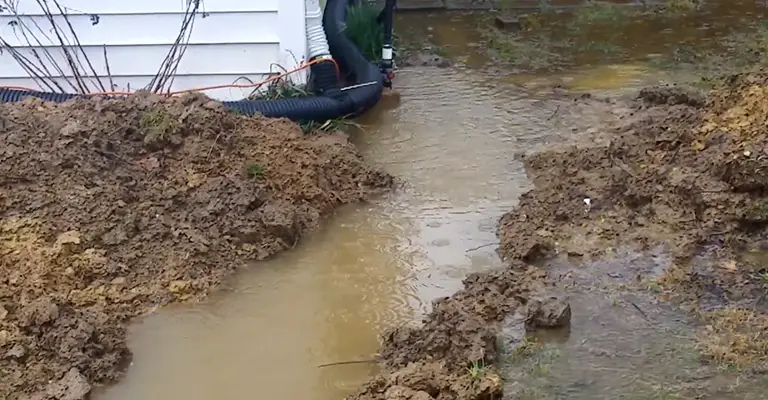
Geotextile Fabric Clay Soil
Geotextile Fabric is a type of water-permeable fabric used to separate two different layers of soils or particles. It increases soil stability and prevents erosion in many places. But the most common use of geotextile fabric is seen in the drainage system. It helps the drainage system by collecting water from the surface and discharging it.
These fabrics work as a perfect interface by filtering out fine particles that would otherwise flow with the drain water. As a result, sediment can’t build up in the pipe and block them. While building a drain, it’s placed in the trench before filling it with stones. So that only water can pass through it without carrying any particles.
Dry Well in Clay Soil
The dry well is a hole to eliminate surface water from a problematic area. In clay soil, when the rainwater pools on a specific area, dry wells can solve that. First of all, dig a hole of around 6-8 inches diameter on the ground where the water collects. The hole should be at least 4 feet deep.
Then, get about an 8 feet long fabric drainage sleeve and tie a knot at one end. Now, remember, the sleeve should have a diameter of 4-6 inches. After that, fill the sleeve fully and tie a knot on the other end too. Then lower the sleeve full of gravel into the hole and fill the remaining space with more gravel. And you are done!
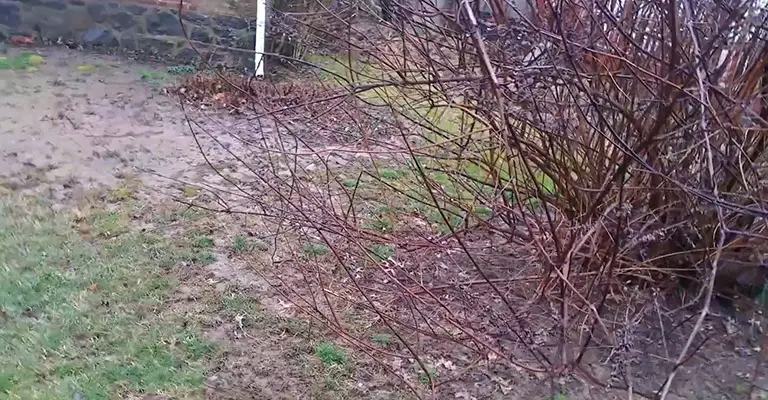
Frequently Asked Question
Q: How long does geotextile last?
Ans: Geotextiles can last for approximately 3 to 5 years depending on the fabric weight.
Q: Is it possible to build a French drain without the perforated pipe?
Ans: Yes. In that case, you need to fill the whole trench with aggregate and wrap it in a water-permeable fabric so that water flows through the aggregate. But this is not so effective.
Conclusion
Most soils have at least some amount of clay soil mixed in them. So, it’s very common for soils to hold on to surface water. But that’s nothing a good drainage system can’t solve. The more accurate the installation of the drainage system is, the more effective it will be.
Constructing a clay soil French drain may be a daunting task, especially in areas with heavy clay soil, but it’s definitely a feasible endeavor with the right strategy. Your wet soil can be transformed into a well-drained area through careful implementation of French drain systems. This entails digging a trench, placing a corrugated drainage pipe at the bottom, and covering it with concrete sand, all while ensuring a proper slope to facilitate ground water flow.
This trench system, often encompassed by a sturdy catch basin, serves as an efficient channel for ground water. A crucial component of this system is the filter fabric. Wrapped around the drainage pipe, it prevents fine soil particles from clogging the pipe, thus maintaining the efficiency of the French drain in clay soil. Remember, successful drainage in heavy clay soil is not a pipedream but a reality made possible through a well-installed French drain system. When done right, your soggy yard can be turned into a beautiful and usable outdoor space.
Also Read- Top 5 Low Profile Door Knob Best in Quality



